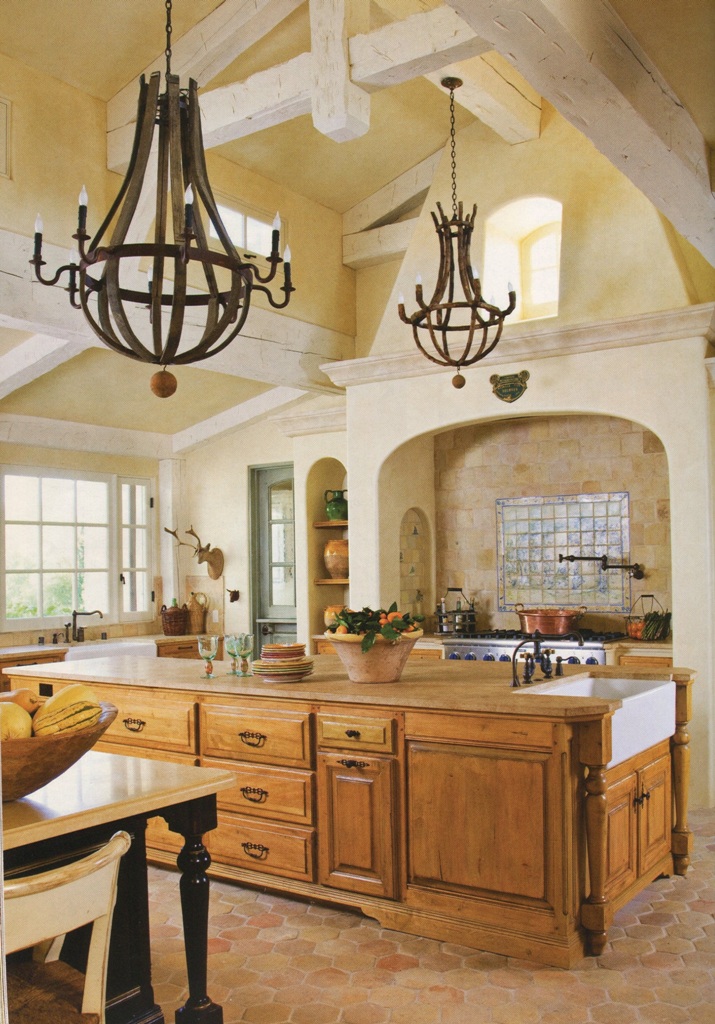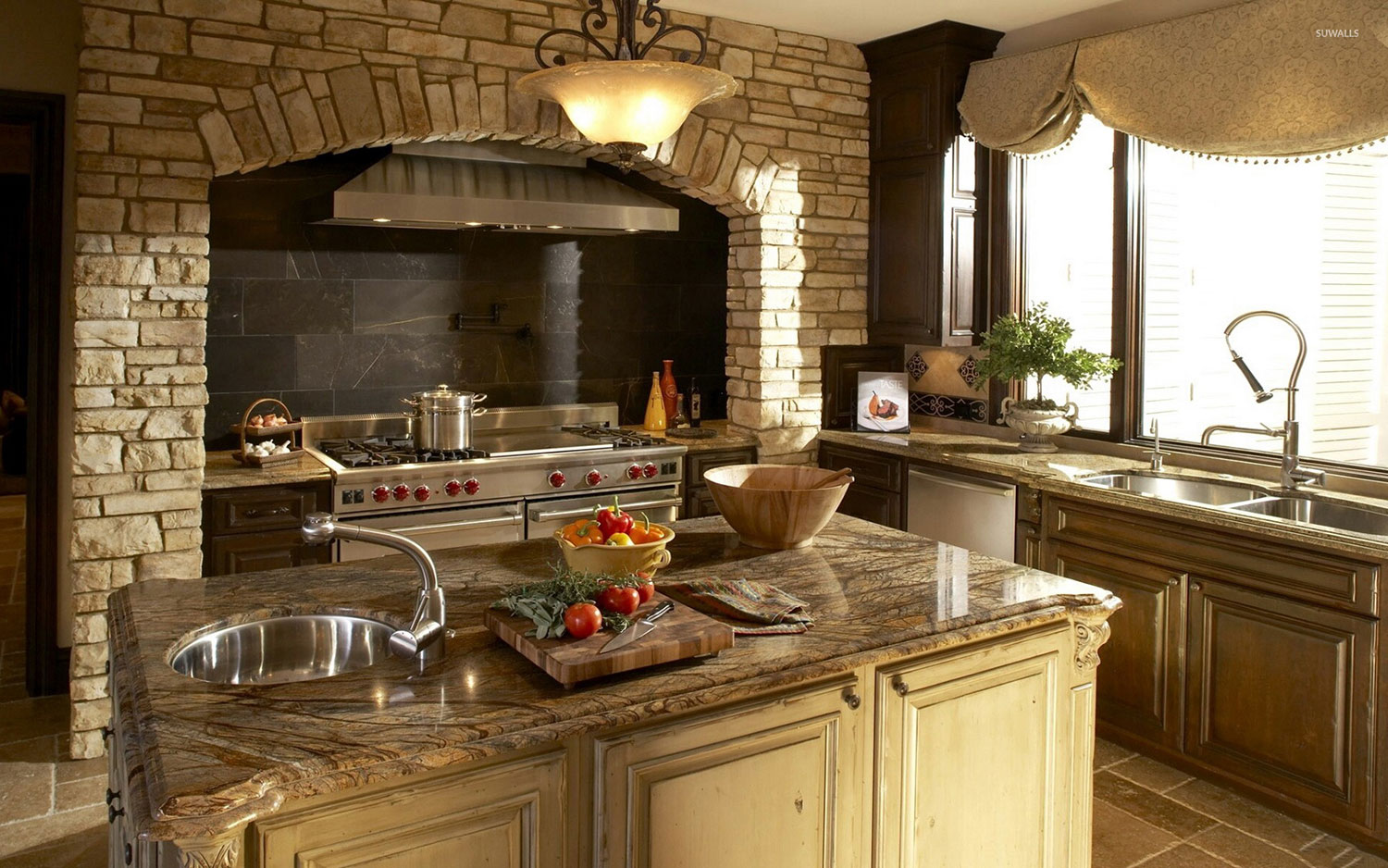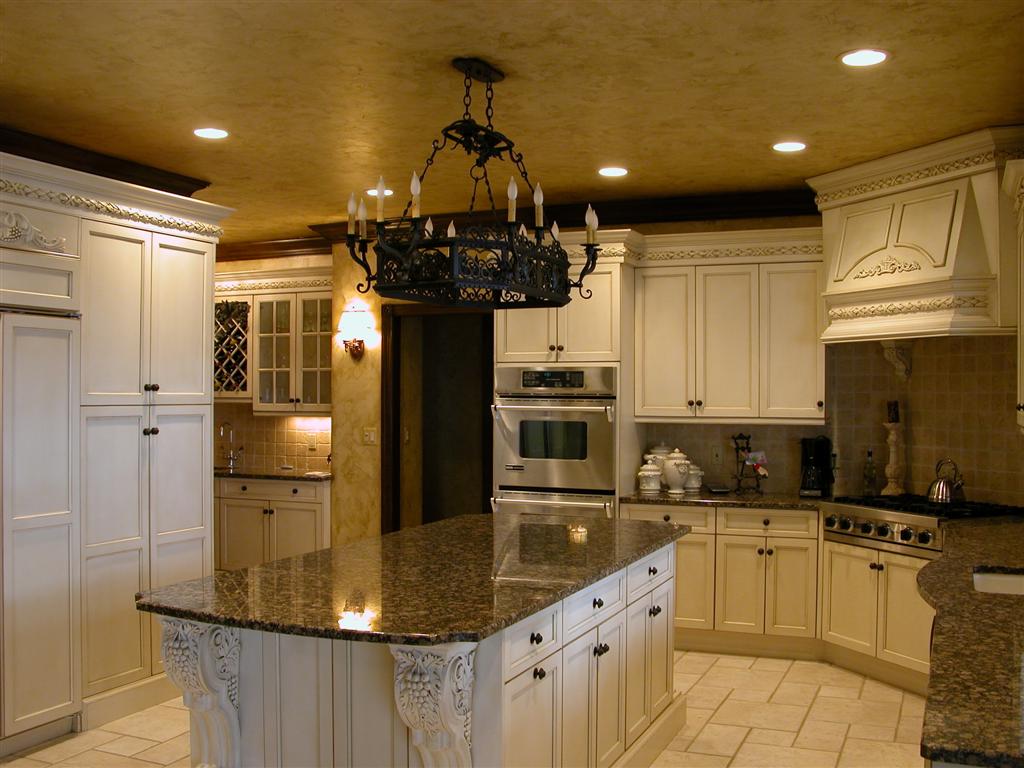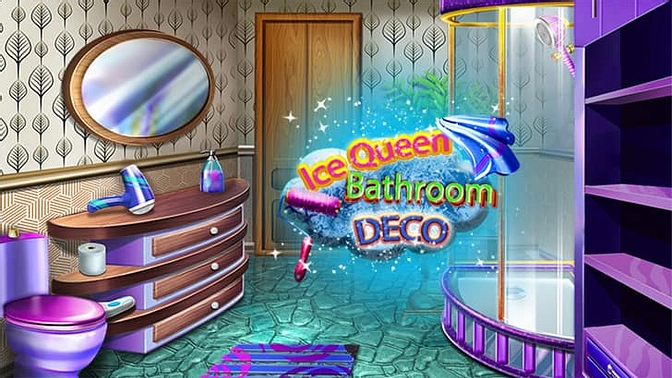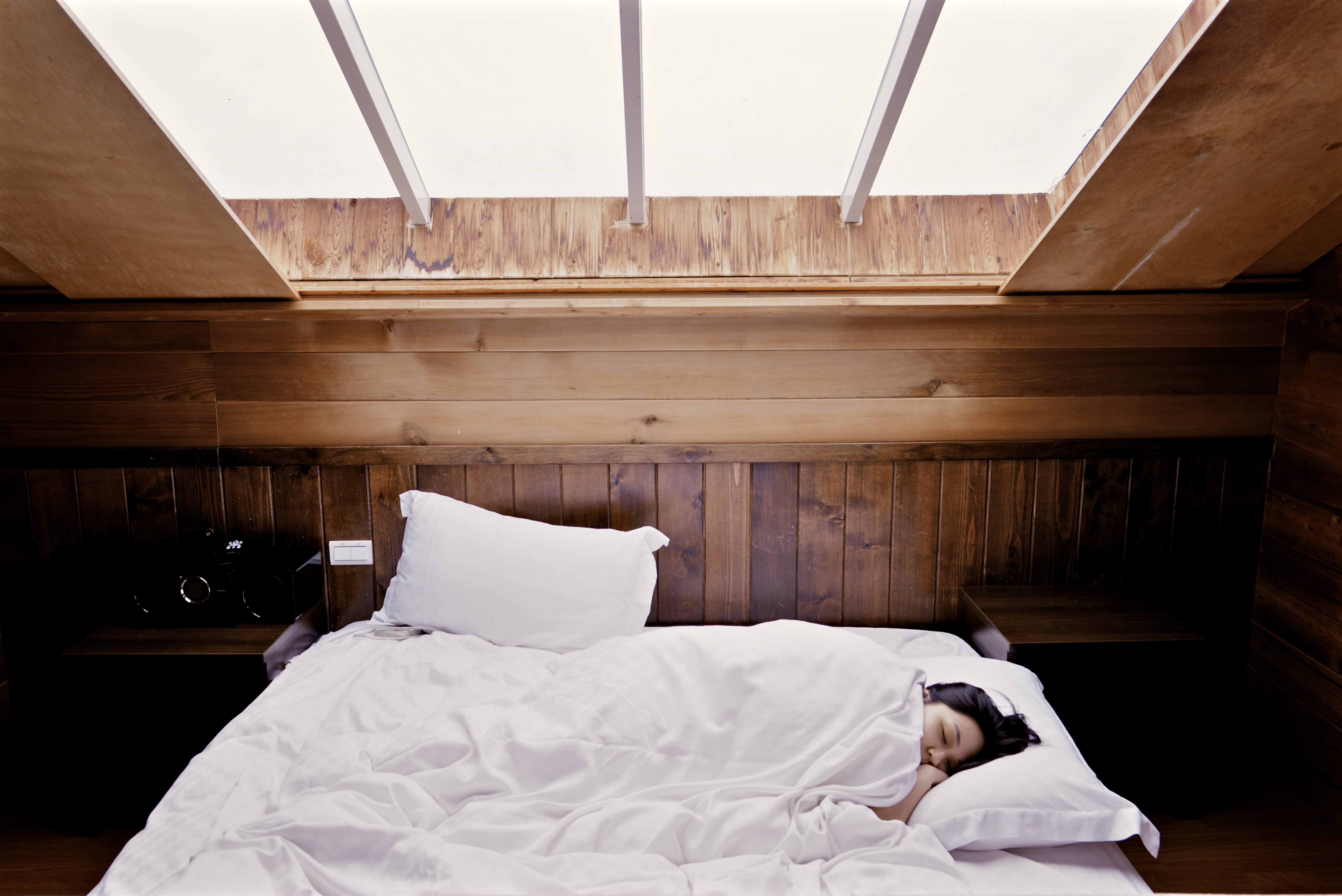The Spanish colonial style is known for its rich history and cultural influences, and this also translates into its kitchen design. This style is characterized by warm, earthy tones, intricate patterns and textures, and a mix of old and new elements. When it comes to the Spanish colonial kitchen design, it's all about creating a warm and inviting space that reflects the traditional Spanish way of life. The key elements of a Spanish colonial kitchen design include terra cotta tiles, hand-painted tiles, and wooden beams. These materials are not only aesthetically pleasing, but they also add an element of authenticity to the design. Other features that are commonly found in this style of kitchen include arched doorways, iron light fixtures, and wrought iron accents. To achieve a Spanish colonial kitchen design, it's important to focus on warm and earthy colors such as terracotta, rust, olive green, and deep blues. These colors can be incorporated through the use of paint, tiles, and fabrics. It's also important to bring in elements of nature such as plants and handcrafted pottery to add a touch of warmth and character to the space.Spanish Colonial Kitchen Design
The Mediterranean style is a fusion of various design influences from countries such as Spain, Italy, and Greece. This style is known for its warm and inviting aesthetic, and the kitchen is no exception. A Mediterranean kitchen design is all about creating a space that is both functional and beautiful, incorporating elements from the coastal regions of the Mediterranean. In a Mediterranean kitchen, you'll find a mix of stone, wood, and ceramic materials. These materials not only add texture and depth to the space, but they also create a sense of warmth and authenticity. Other key features of a Mediterranean kitchen include arched windows, colorful mosaic tiles, and exposed wood beams. To achieve a Mediterranean kitchen design, it's important to focus on earth tones and bright pops of color. Think warm yellows, rich oranges, and deep blues. These colors can be incorporated through the use of paint, tiles, and textiles. It's also important to bring in elements of the sea such as nautical décor and sea-inspired artwork to complete the Mediterranean look.Mediterranean Kitchen Design
The old world kitchen design is all about creating a space that is reminiscent of a traditional European kitchen. This style is characterized by aged and handcrafted elements that bring a sense of history and charm to the space. An old world kitchen is the perfect blend of rustic and elegant, creating a cozy and inviting atmosphere. When it comes to an old world kitchen design, natural materials such as stone, wood, and metal are key. These materials add a sense of timelessness and authenticity to the space. Other features commonly found in this style of kitchen include ornate cabinetry, antique fixtures, and hand-carved details. To achieve an old world kitchen design, it's important to focus on neutral colors with warm undertones. Think rich browns, deep greens, and aged whites. These colors can be incorporated through the use of paint, cabinetry, and furniture. It's also important to add vintage touches such as antique kitchenware and decorative accents to complete the look.Old World Kitchen Design
A rustic Spanish kitchen design combines the warmth and charm of traditional Spanish design with the simplicity and natural elements of a rustic style. This style is characterized by rough and unfinished elements that bring a sense of rawness and simplicity to the space. A rustic Spanish kitchen is perfect for those who want a cozy and inviting space that is also functional and practical. The key elements of a rustic Spanish kitchen design include exposed wood beams, rough stone walls, and rustic wooden furniture. These elements add a sense of authenticity and character to the space. Other features commonly found in this style of kitchen include handcrafted pottery, iron light fixtures, and earthy textiles. To achieve a rustic Spanish kitchen design, it's important to focus on earthy and neutral colors such as beige, brown, and olive green. These colors can be incorporated through the use of paint, tiles, and textiles. It's also important to add natural elements such as plants and handcrafted accents to bring a sense of warmth and nature to the space.Rustic Spanish Kitchen Design
The Spanish revival style is all about bringing the beauty and elegance of old Spanish architecture into modern homes. This style is characterized by ornate and intricate details that add a sense of luxury and grandeur to the space. A Spanish revival kitchen design is perfect for those who want a touch of old-world charm in their home. The key elements of a Spanish revival kitchen design include arched doorways, hand-painted tiles, and ornate cabinetry. These elements add a sense of elegance and sophistication to the space. Other features commonly found in this style of kitchen include rich fabrics, gold accents, and stained glass windows. To achieve a Spanish revival kitchen design, it's important to focus on rich and luxurious colors such as deep reds, royal blues, and golden yellows. These colors can be incorporated through the use of paint, tiles, and fabrics. It's also important to add ornate details such as intricate light fixtures and decorative accents to complete the look.Spanish Revival Kitchen Design
The hacienda style is all about creating a warm and inviting space that reflects the traditional Spanish ranch houses of the southwest. This style is characterized by handcrafted and earthy elements that bring a sense of authenticity and simplicity to the space. A hacienda kitchen design is perfect for those who want a cozy and welcoming space to gather and cook. In a hacienda kitchen, you'll find a mix of terra cotta tiles, rough stone, and aged wood materials. These materials not only add texture and visual interest, but they also create a sense of warmth and history. Other key features of a hacienda kitchen include open shelving, hand-painted tiles, and rustic light fixtures. To achieve a hacienda kitchen design, it's important to focus on warm and earthy colors such as terracotta, rust, and olive green. These colors can be incorporated through the use of paint, tiles, and fabrics. It's also important to add handcrafted elements such as handwoven baskets and hand-painted pottery to complete the look.Hacienda Kitchen Design
The Andalusian style is a blend of Spanish and Moorish influences, creating a unique and elegant design. This style is characterized by intricate and ornate details that bring a sense of luxury and opulence to the space. An Andalusian kitchen design is perfect for those who want a sophisticated and visually stunning space. In an Andalusian kitchen, you'll find a mix of marble, mosaic tiles, and metal accents. These materials not only add a sense of elegance and luxury, but they also create a visually stunning space. Other key features of an Andalusian kitchen include arched doorways, ornate cabinetry, and intricate light fixtures. To achieve an Andalusian kitchen design, it's important to focus on rich and luxurious colors such as deep blues, emerald greens, and rich purples. These colors can be incorporated through the use of tiles, paint, and fabrics. It's also important to add ornate details such as intricate patterns and metal accents to complete the look.Andalusian Kitchen Design
The Moroccan style is a fusion of various design influences from Africa, Spain, and the Middle East. This style is characterized by rich and bold colors, intricate patterns, and handcrafted elements. A Moroccan kitchen design is perfect for those who want a vibrant and exotic space that is full of character and charm. In a Moroccan kitchen, you'll find a mix of colorful tiles, metal accents, and hand-painted ceramics. These elements not only add visual interest, but they also create a sense of cultural influence and authenticity. Other key features of a Moroccan kitchen include arched doorways, mosaic patterns, and intricate light fixtures. To achieve a Moroccan kitchen design, it's important to focus on bold and vibrant colors such as deep reds, bright yellows, and royal blues. These colors can be incorporated through the use of tiles, paint, and fabrics. It's also important to add handcrafted elements such as metal lanterns and ceramic dishes to complete the look.Moroccan Kitchen Design
One of the most iconic features of traditional Spanish design is the use of hand-painted tiles. These tiles are a staple in Spanish kitchen design and can be found in a variety of patterns and colors. A Spanish tile kitchen design is perfect for those who want to add a touch of Spanish flair to their space without going all out with a complete redesign. In a Spanish tile kitchen, you'll find a mix of colorful tiles in a variety of patterns such as geometric, floral, and arabesque. These tiles can be used as a backsplash, countertop, or accent wall to add a touch of color and character to the space. Other features commonly found in this style of kitchen include neutral cabinetry, wooden accents, and iron light fixtures. To achieve a Spanish tile kitchen design, it's important to focus on using colorful tiles and neutral colors for the rest of the space. This will allow the tiles to be the main focal point of the design. It's also important to add handcrafted elements such as pottery and woven baskets to bring a sense of warmth and authenticity to the space.Spanish Tile Kitchen Design
Tuscan Kitchen Design
The Timeless Beauty of Traditional Spanish Kitchen Design
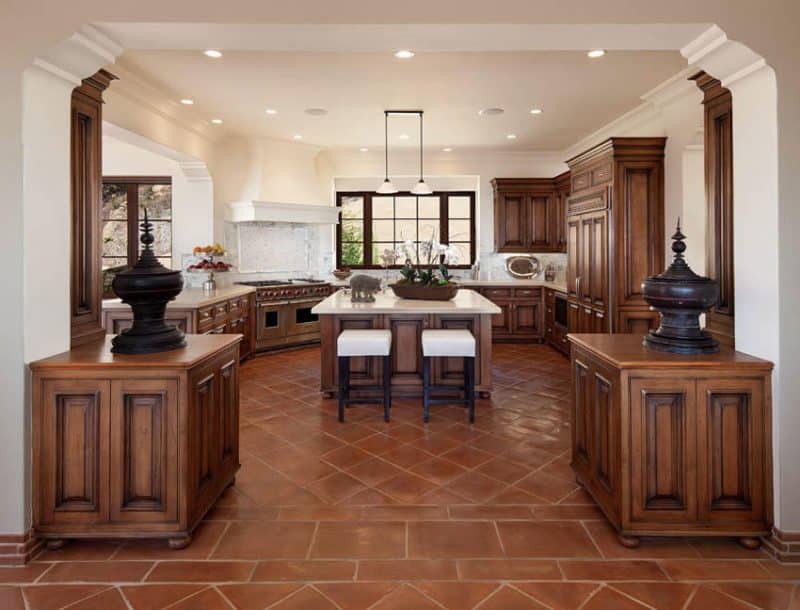
Preserving the Rich Heritage of Spanish Culture in Modern Homes
 The traditional Spanish kitchen design captures the essence of Spanish culture with its warm and inviting atmosphere, vibrant colors, and intricate details. This style has been passed down through generations, staying true to its roots while also evolving with the times. Today, it remains a popular choice for homeowners looking to add a touch of history and charm to their homes.
The traditional Spanish kitchen design captures the essence of Spanish culture with its warm and inviting atmosphere, vibrant colors, and intricate details. This style has been passed down through generations, staying true to its roots while also evolving with the times. Today, it remains a popular choice for homeowners looking to add a touch of history and charm to their homes.
One of the key elements of traditional Spanish kitchen design is the use of earthy tones and natural materials . This includes the use of terra cotta tiles for flooring, which not only adds to the aesthetic appeal but also helps to keep the kitchen cool in hot climates. Wooden beams on the ceiling and hand-painted tiles on the walls are also commonly seen in traditional Spanish kitchens, adding a rustic and authentic touch.
Another defining feature of this style is the use of bold and bright colors . From deep reds and oranges to vibrant yellows and blues, these colors are inspired by the Spanish landscape and reflect the country's lively and passionate culture. These colors are often incorporated through Spanish-style tiles on the backsplash or countertops, as well as in the form of colorful pottery and hand-painted ceramics used for decoration.
In traditional Spanish kitchens, functionality is just as important as aesthetics. The layout is designed to make cooking and entertaining a seamless experience, with a focus on creating a warm and welcoming space for family and friends to gather. This is why you will often find a large kitchen island in the center of the room, providing ample space for food preparation and seating.
Lastly, the use of antique and vintage pieces is crucial in creating an authentic traditional Spanish kitchen. From ornate chandeliers to hand-carved furniture , these elements add a touch of old-world charm and elegance to the space. They also serve as a reminder of the rich history and cultural heritage that the Spanish kitchen design represents.
In conclusion, the traditional Spanish kitchen design is a beautiful and timeless style that seamlessly blends history and modernity. It is a reflection of the vibrant and passionate Spanish culture, and its enduring appeal continues to inspire homeowners around the world. By incorporating elements such as natural materials, bold colors, and antique pieces, you can create a stunning traditional Spanish kitchen that will transport you to the heart of Spain every time you step into it.

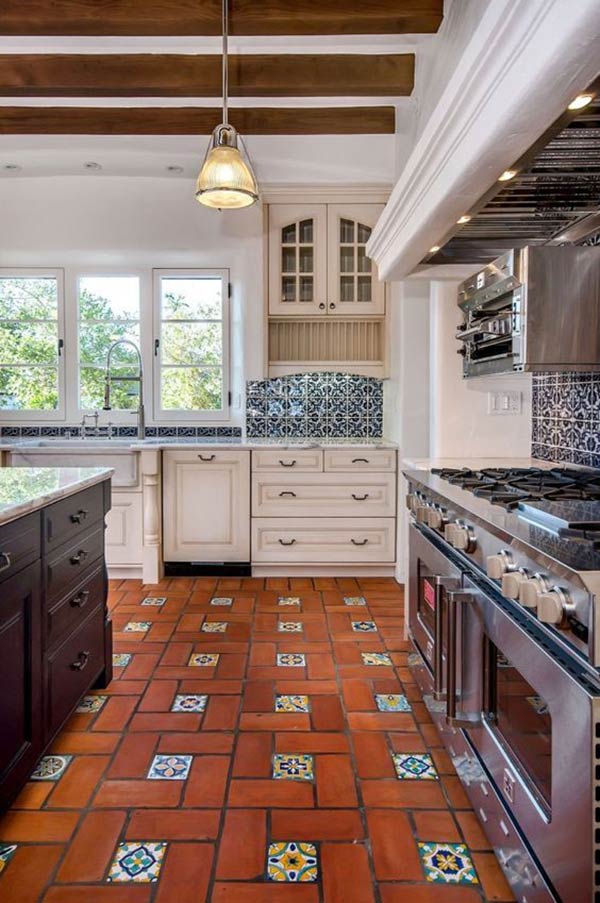




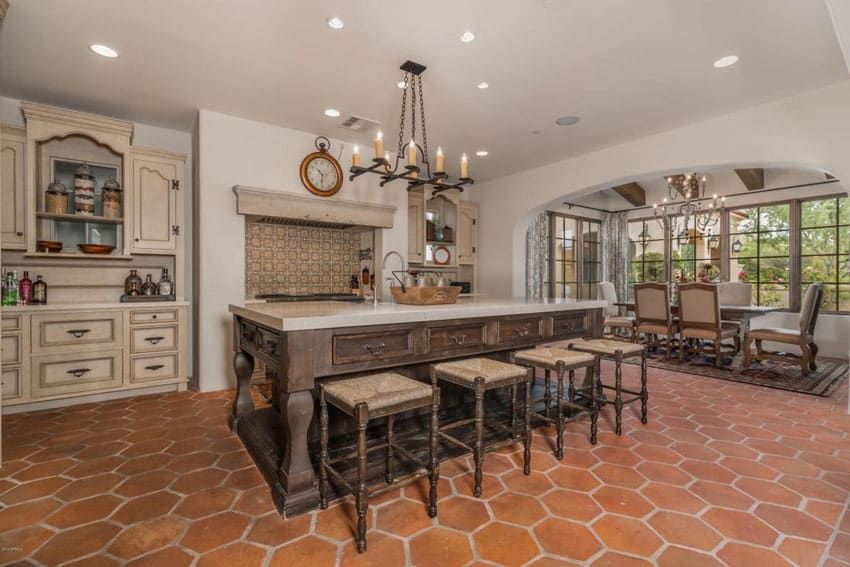





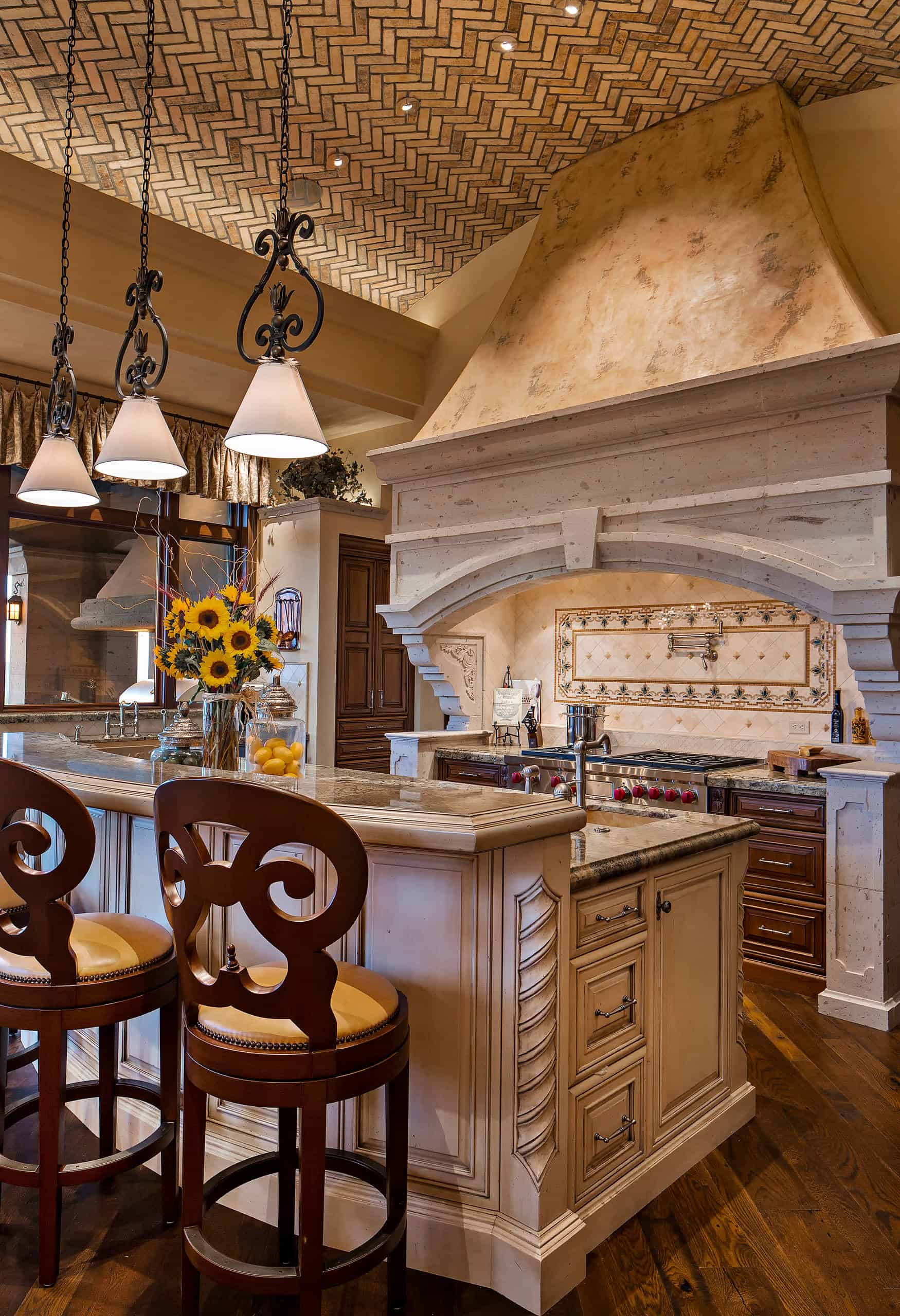
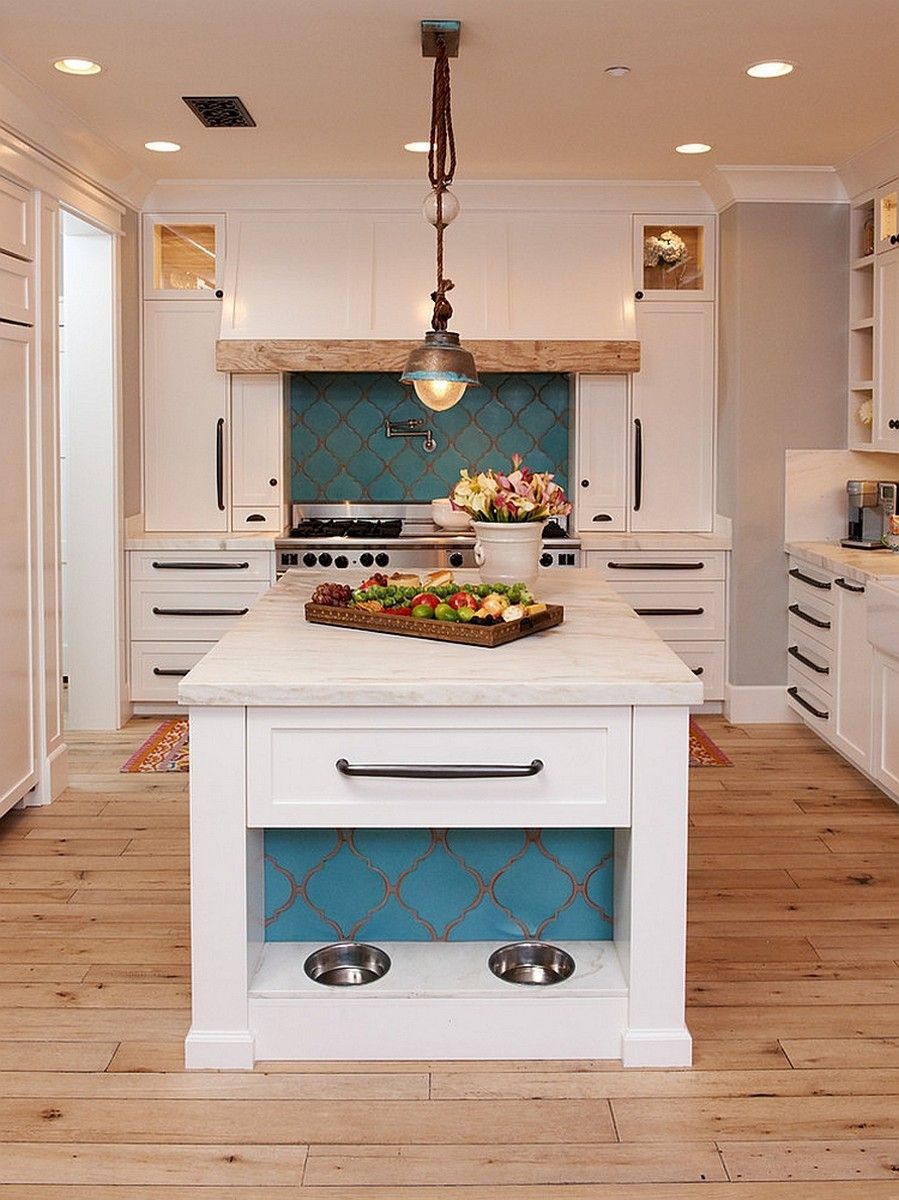


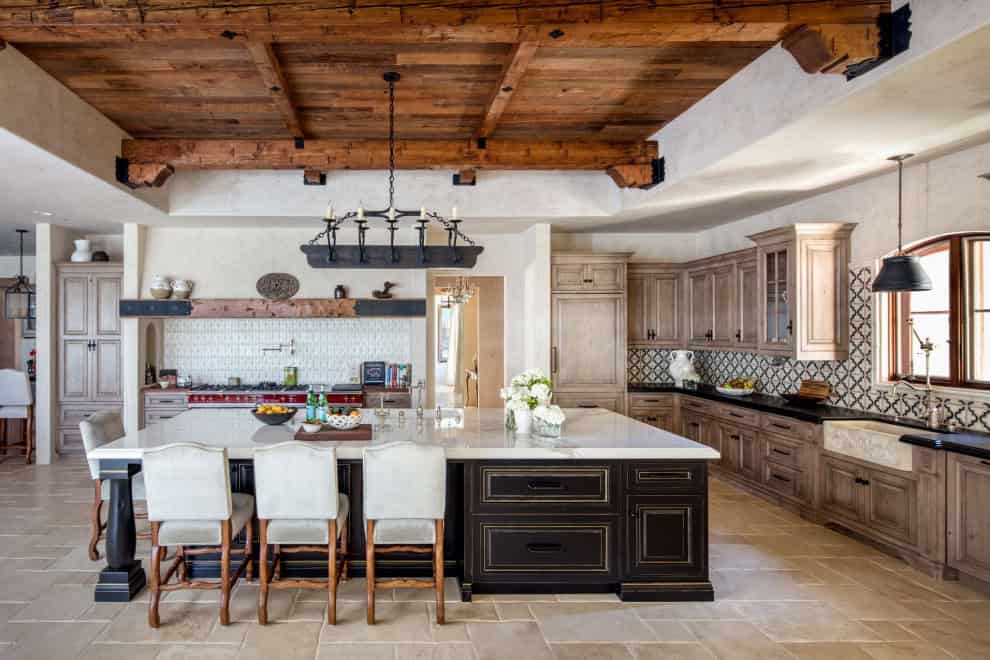
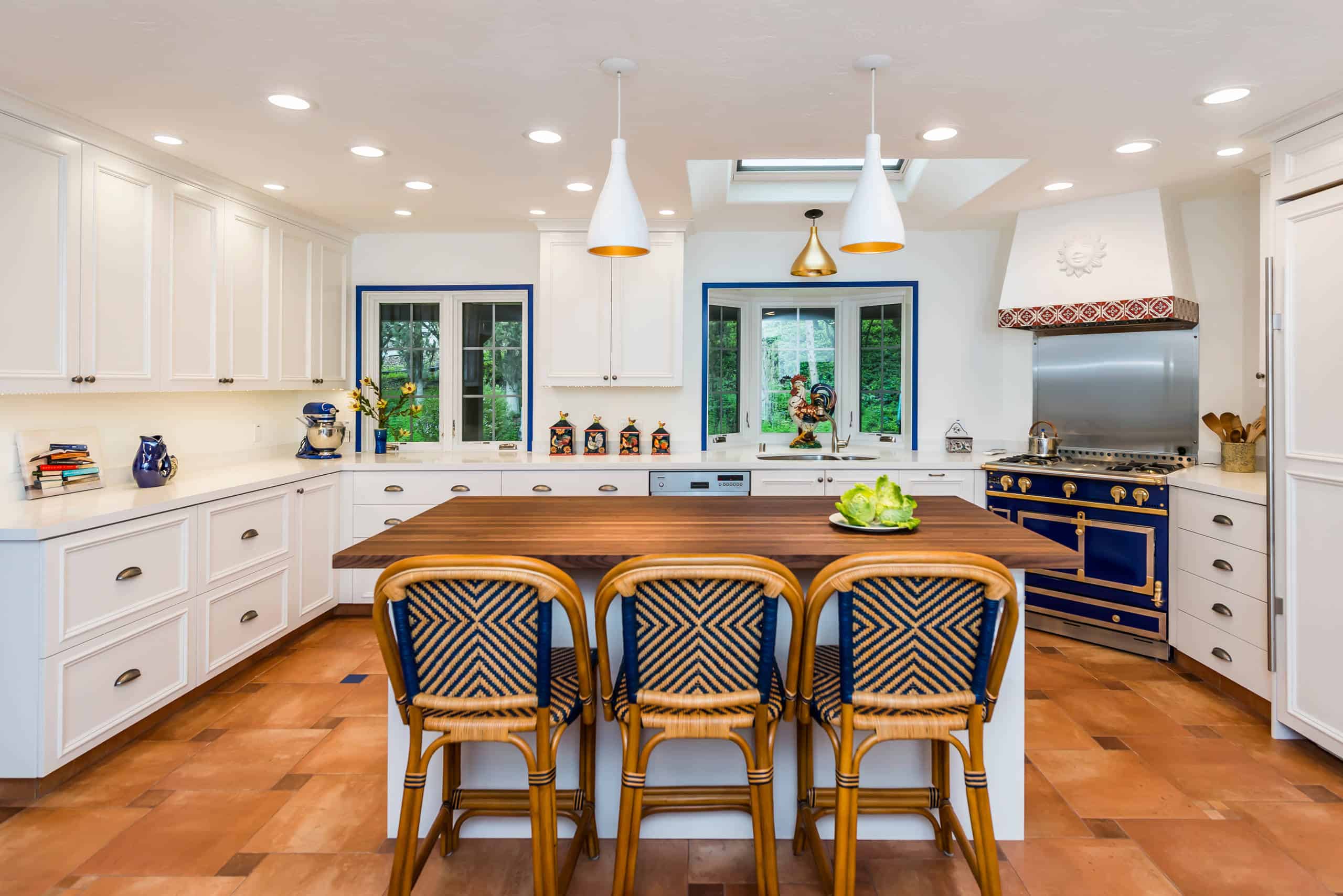
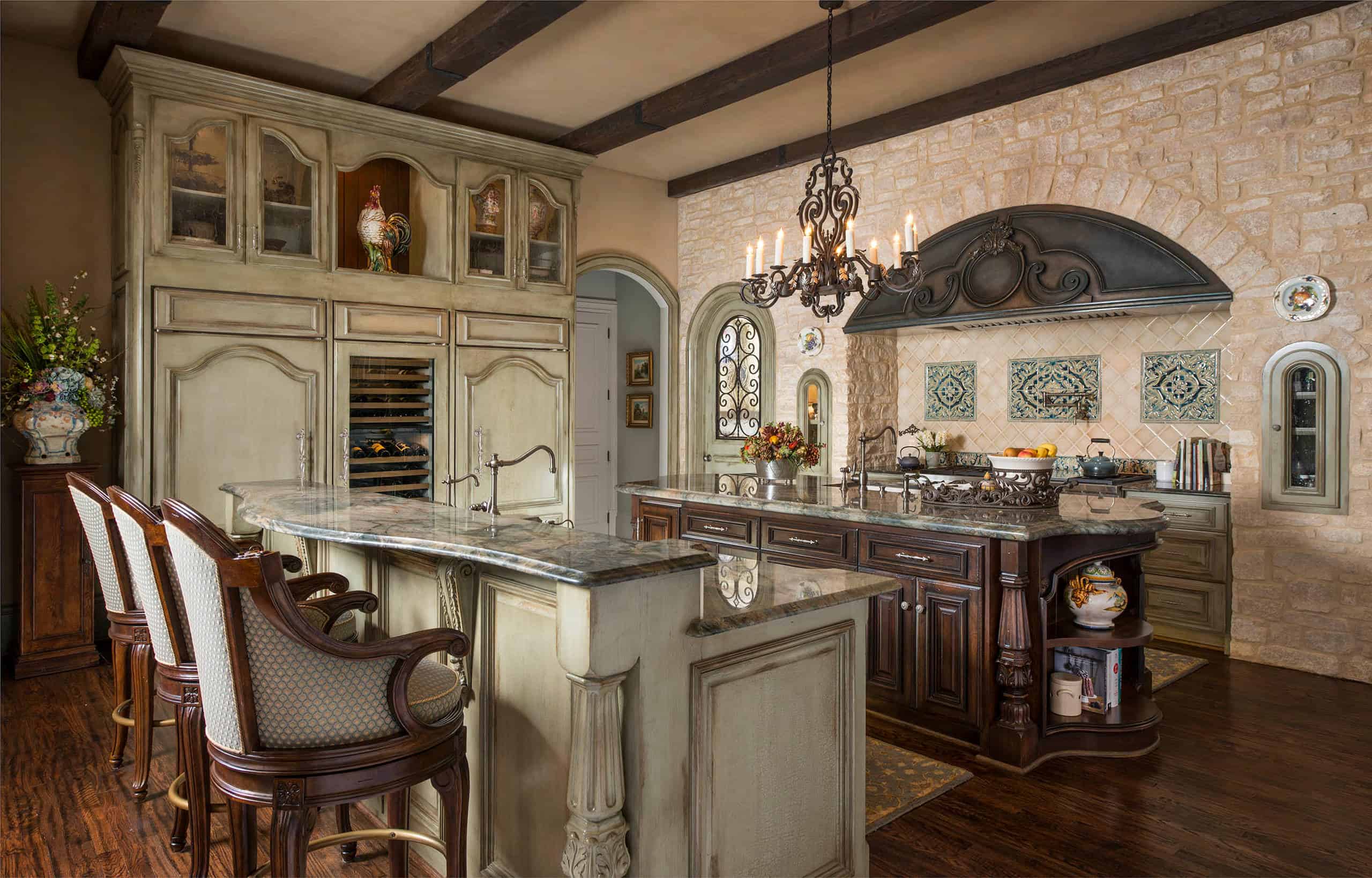
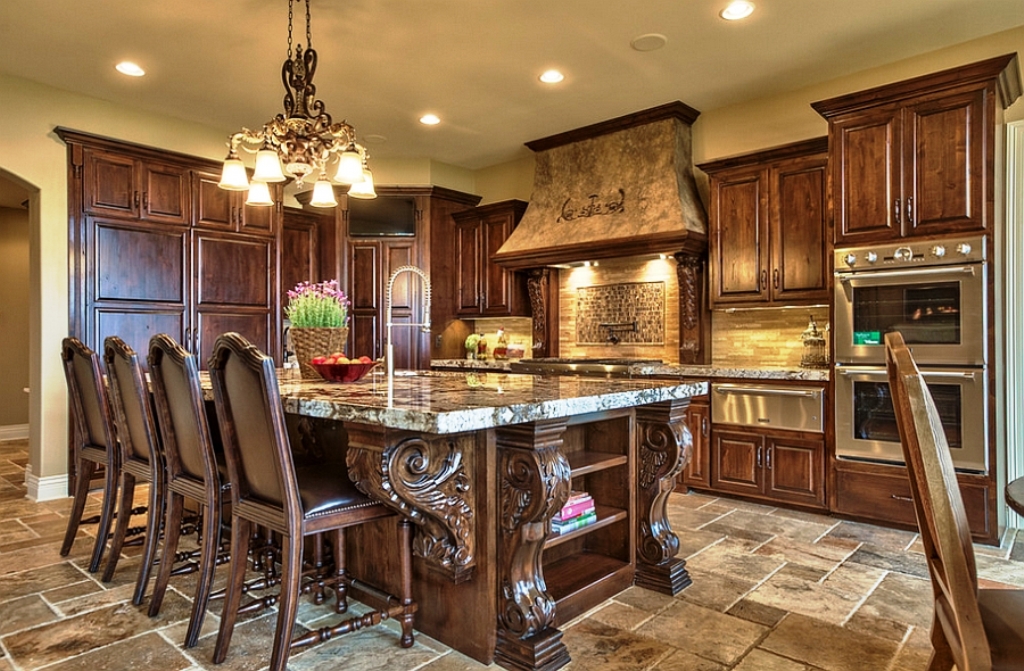
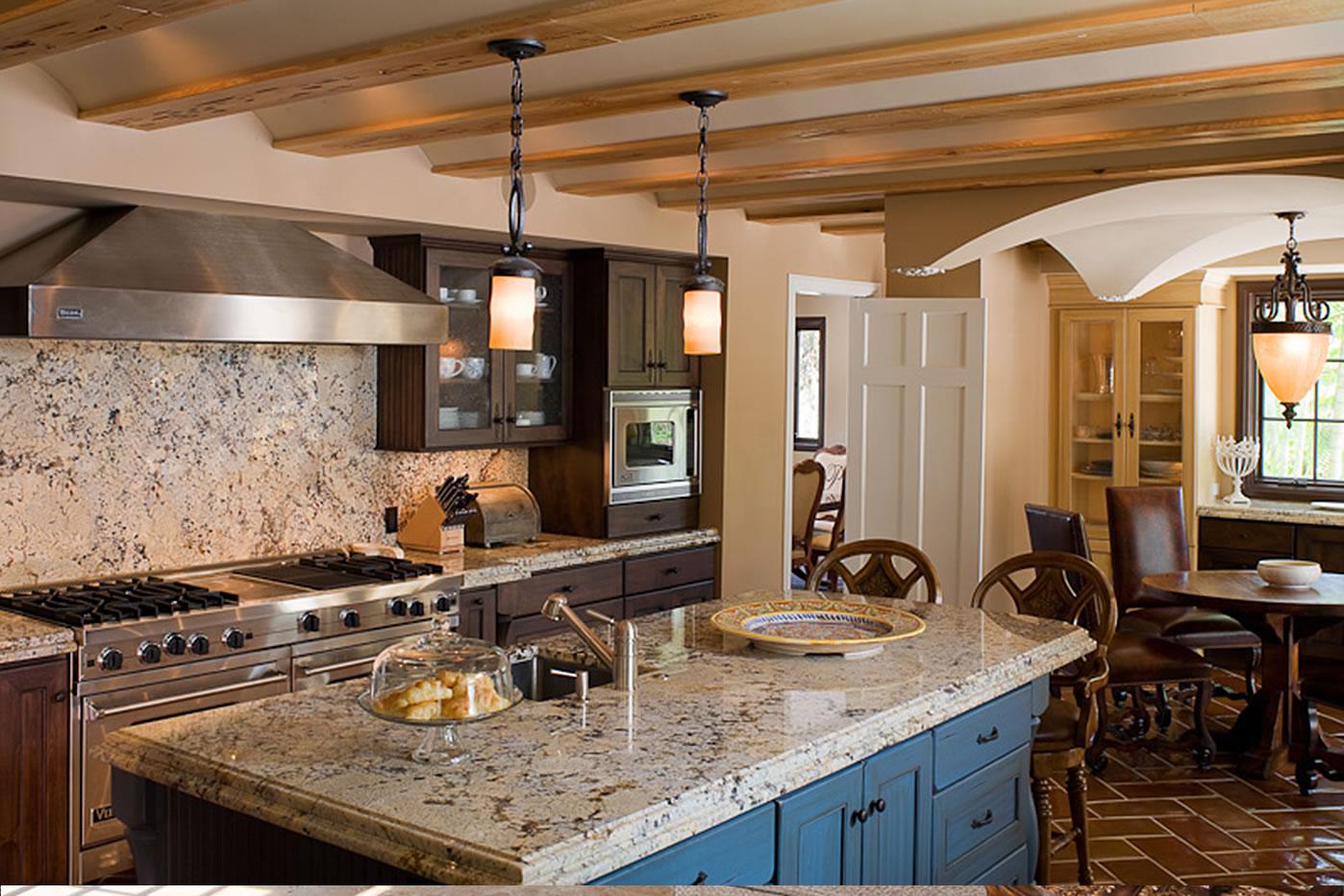
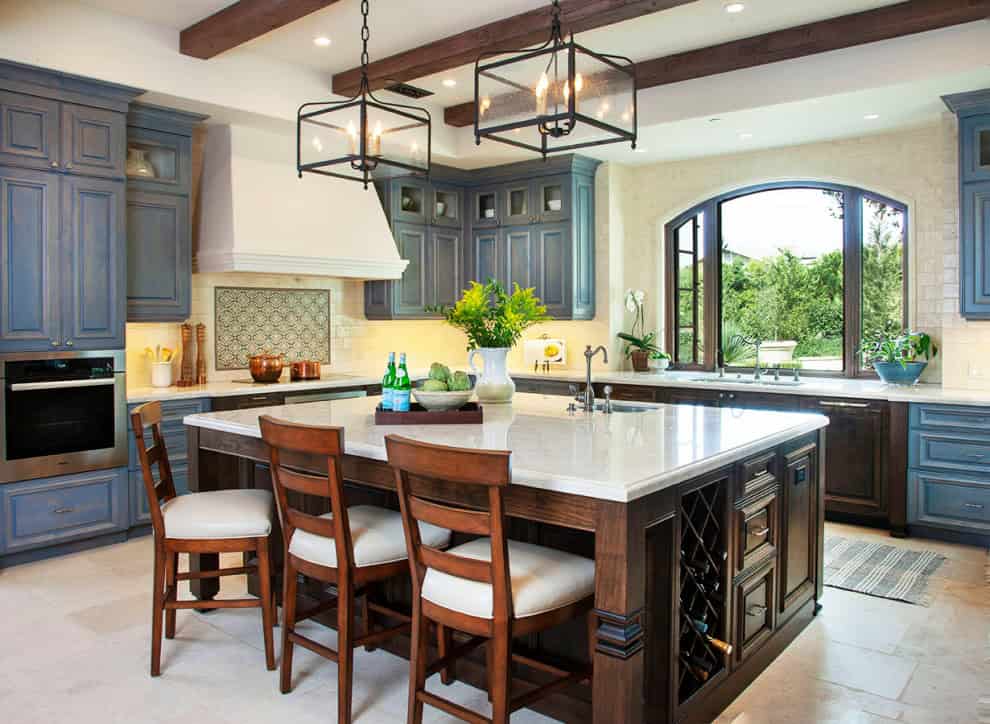









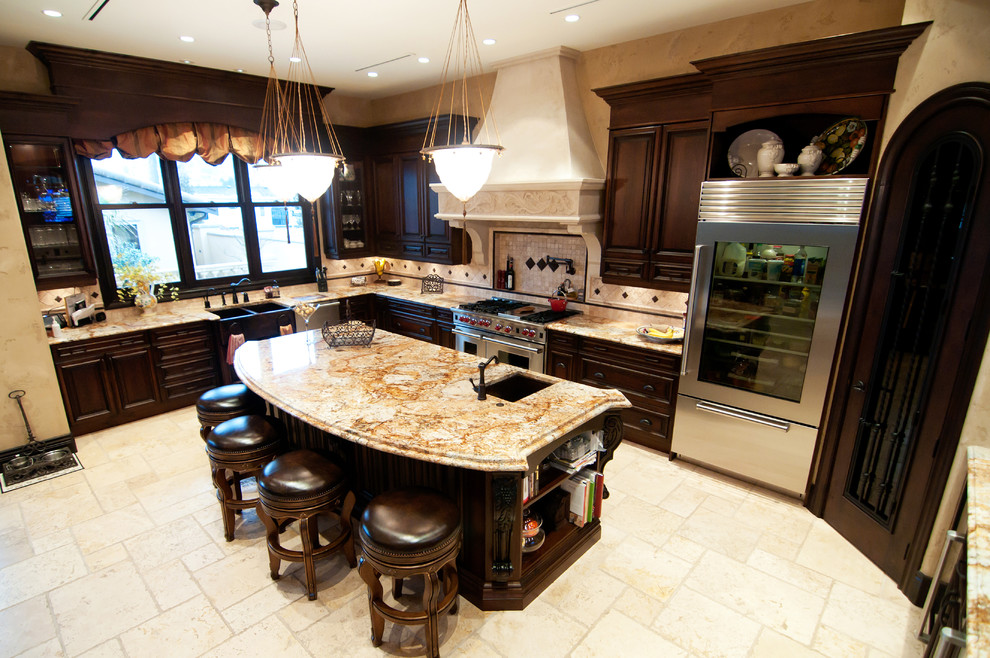


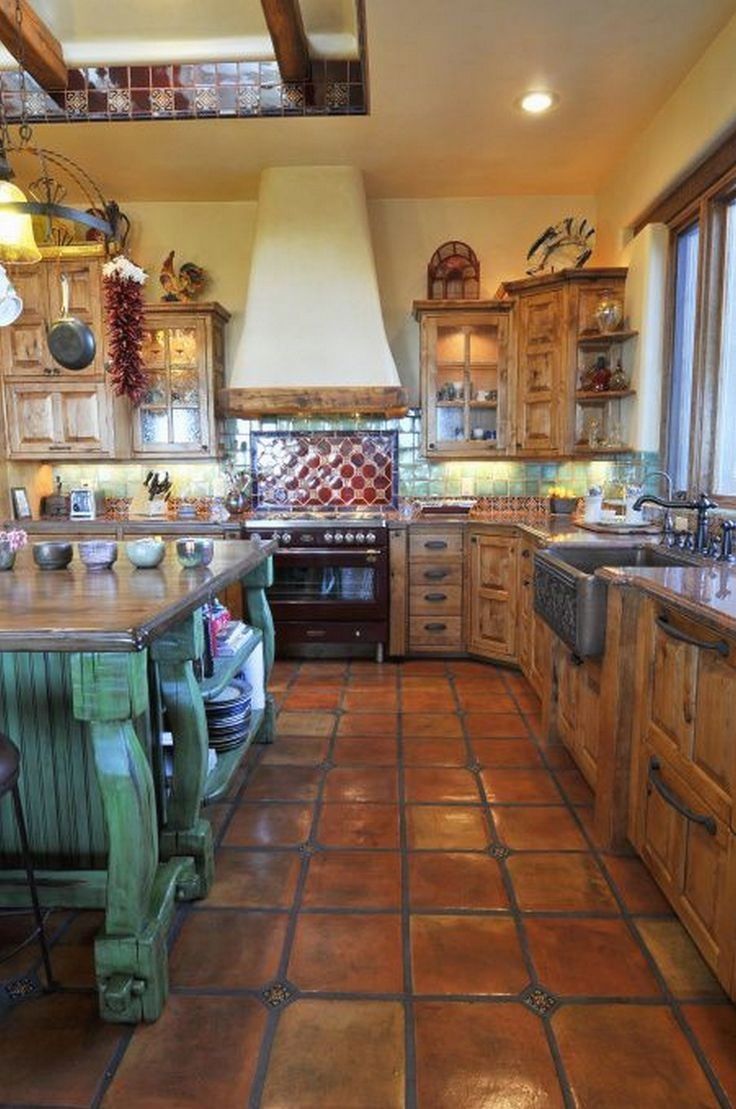
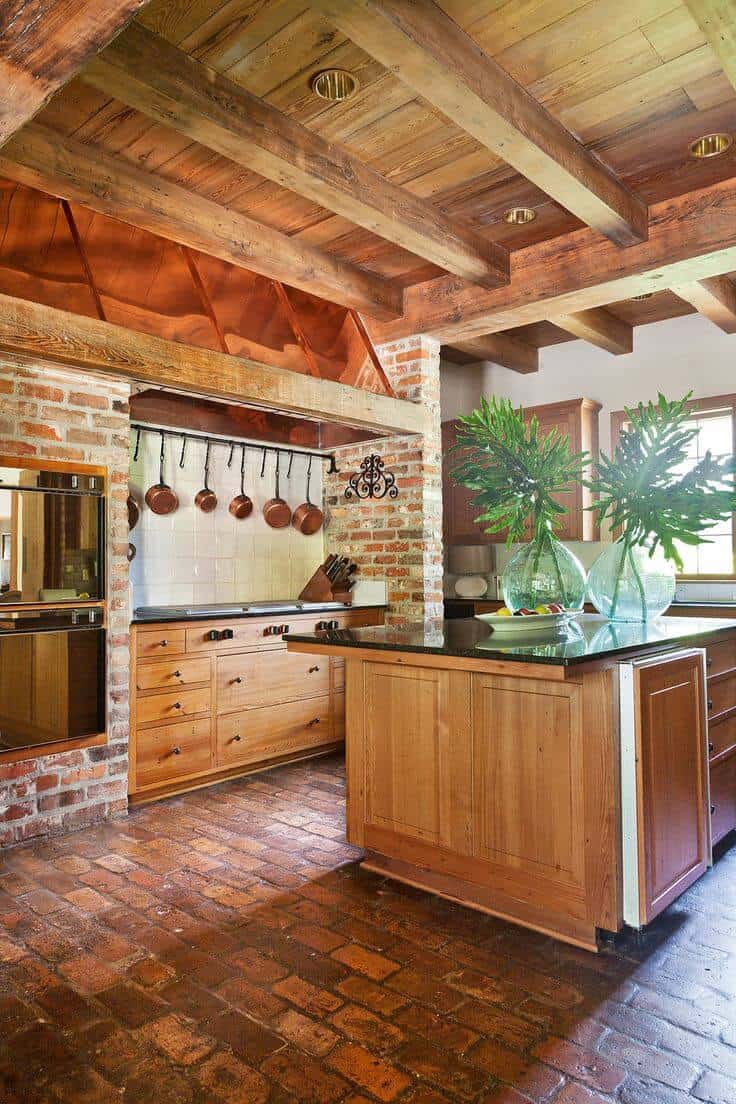

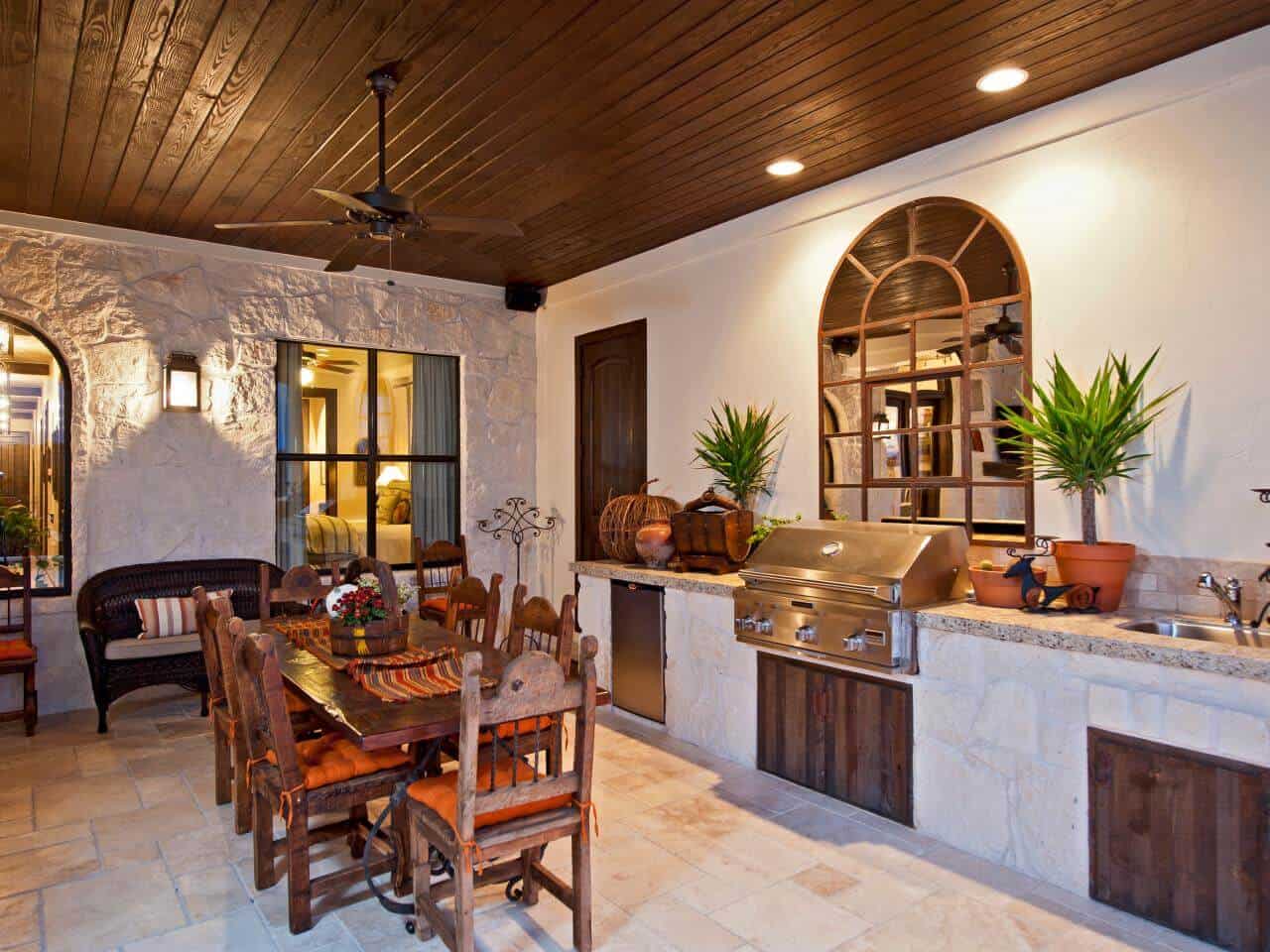
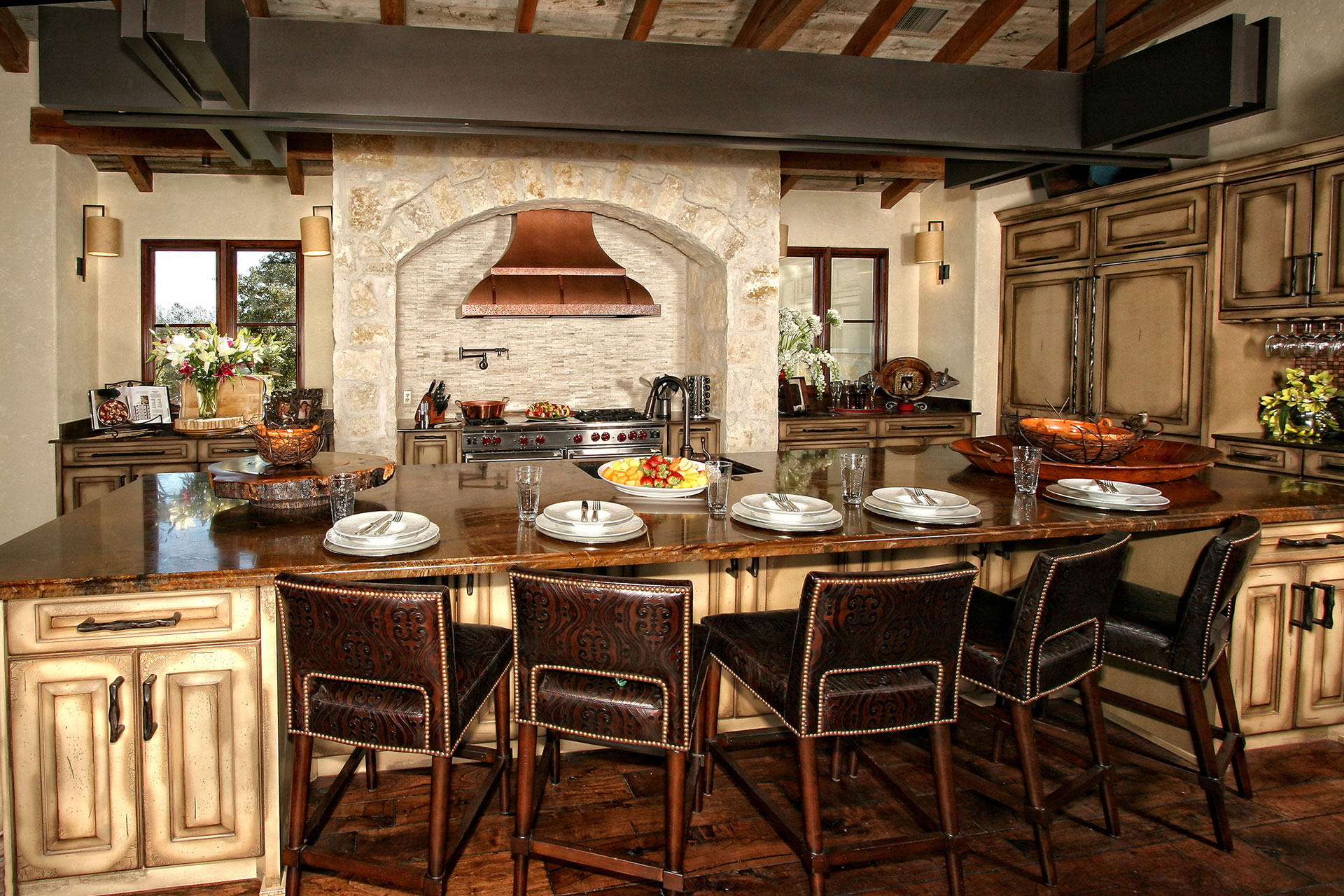

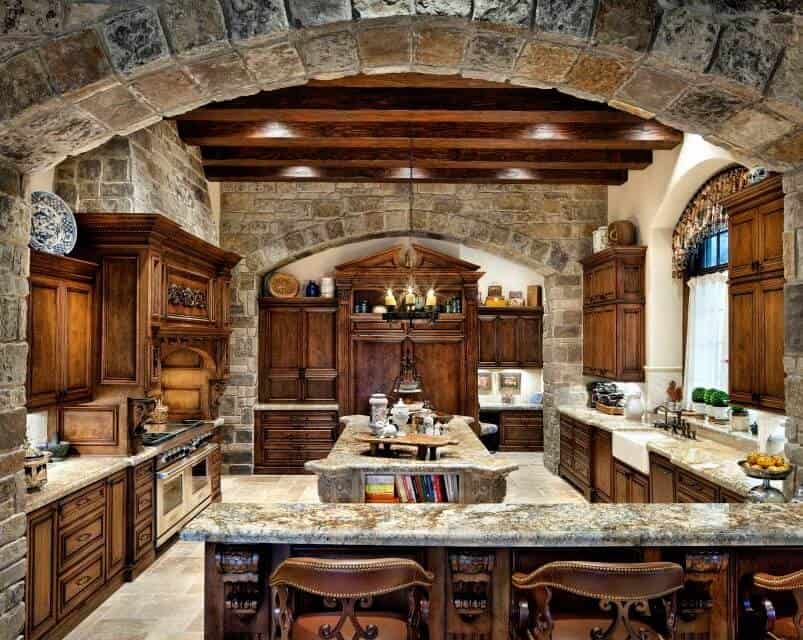
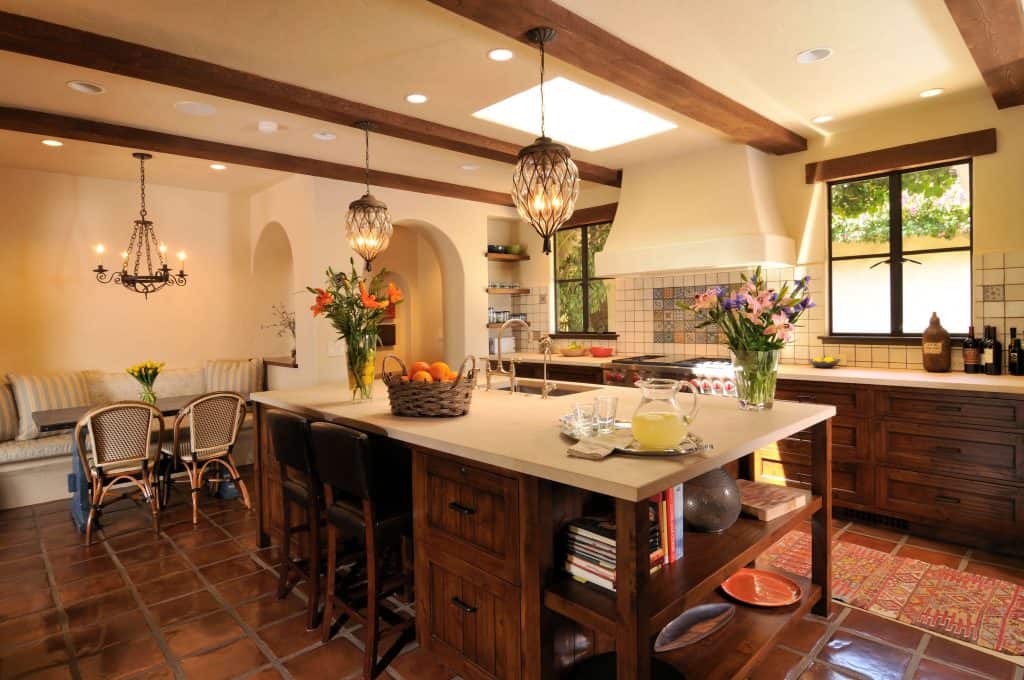


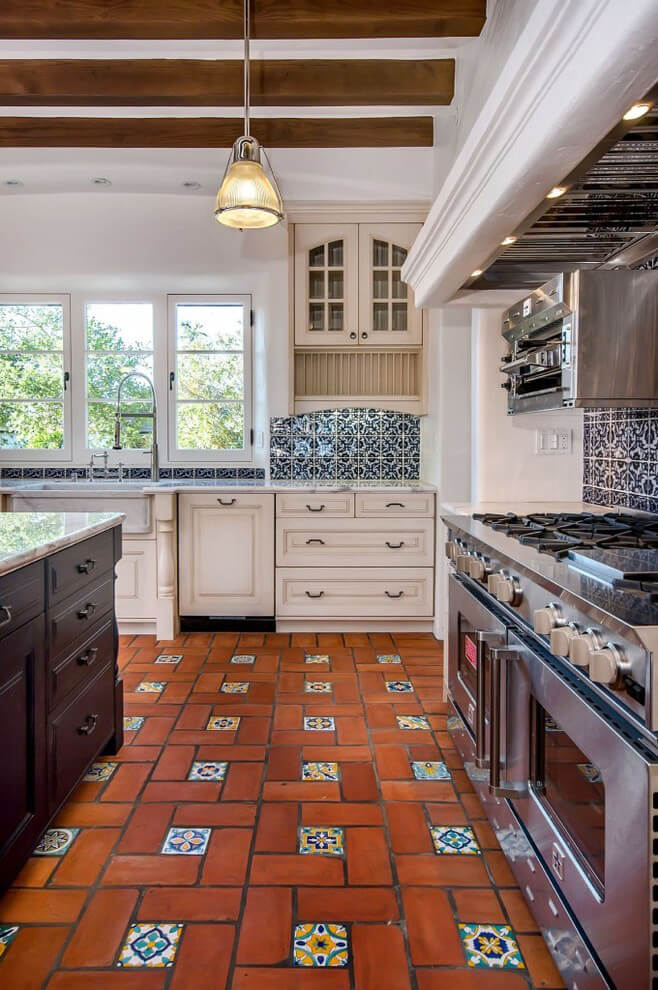


:max_bytes(150000):strip_icc()/spanishkitchenwoodexposedbeamscobaltbluevikingstove-ce2ab46eca5c4f739b7fa0efc8ff1110.jpg)
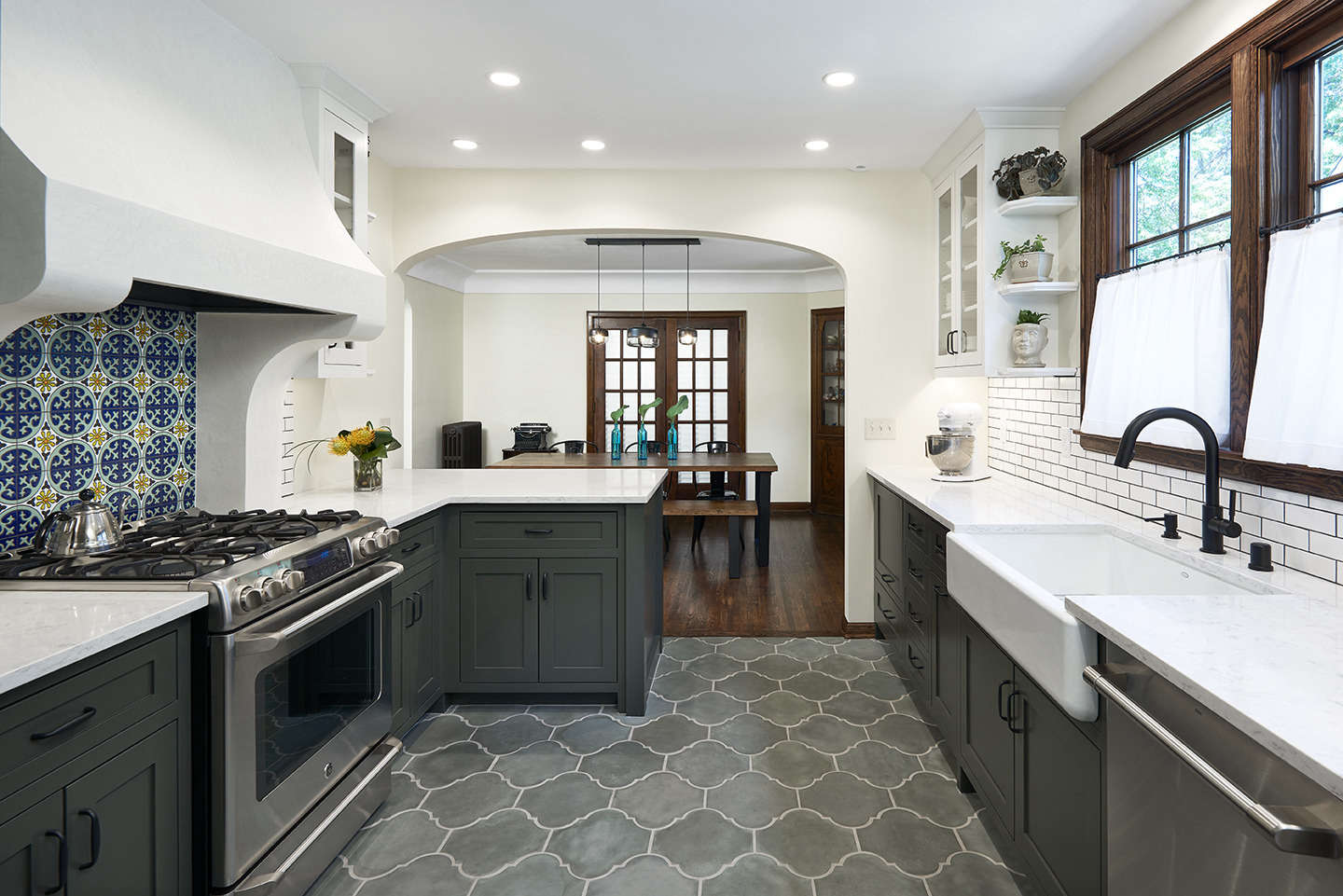



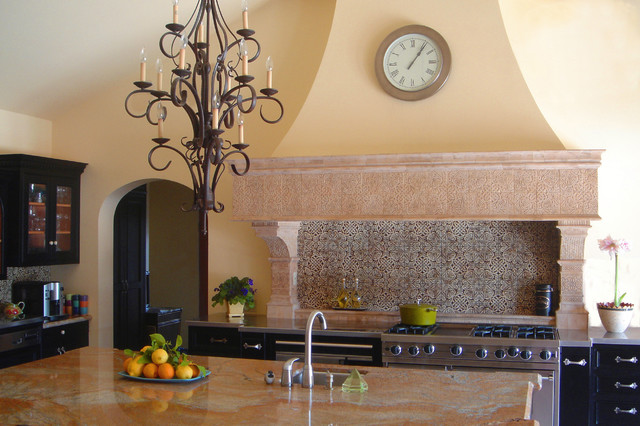


























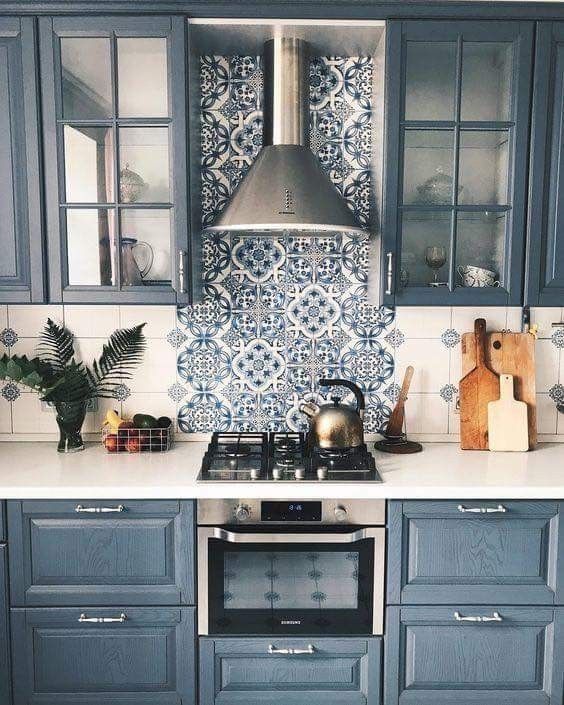
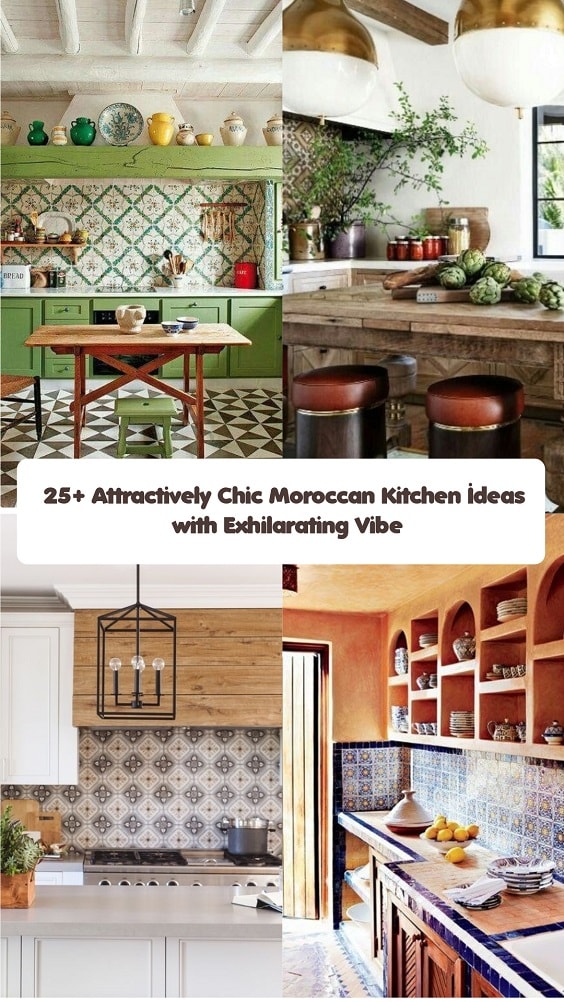
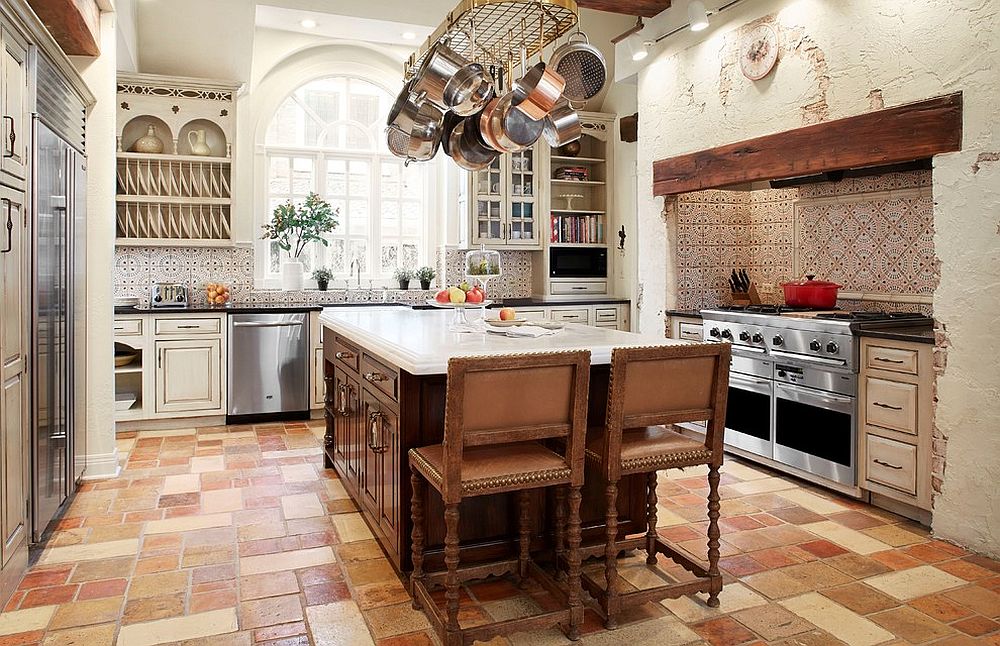
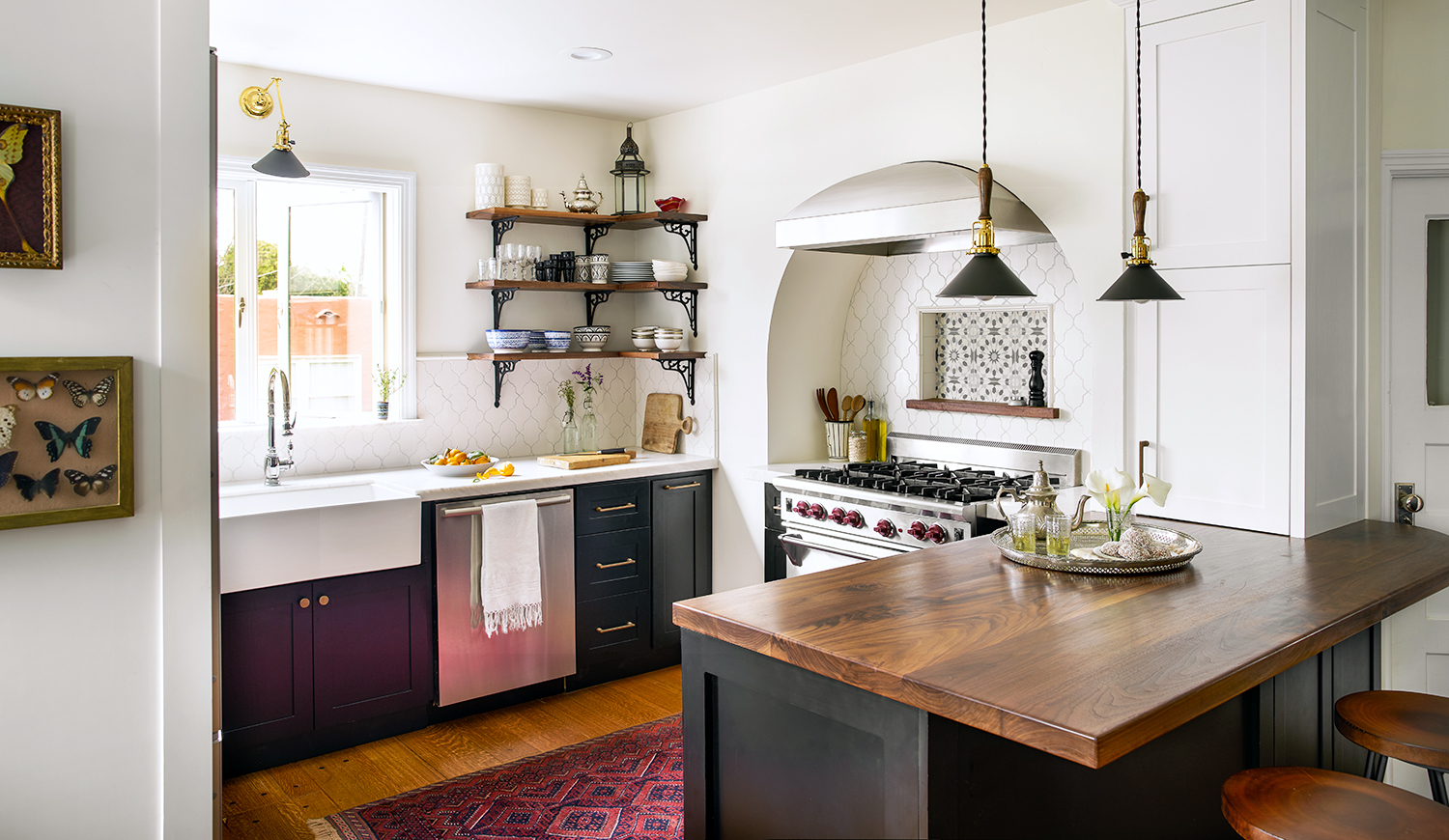

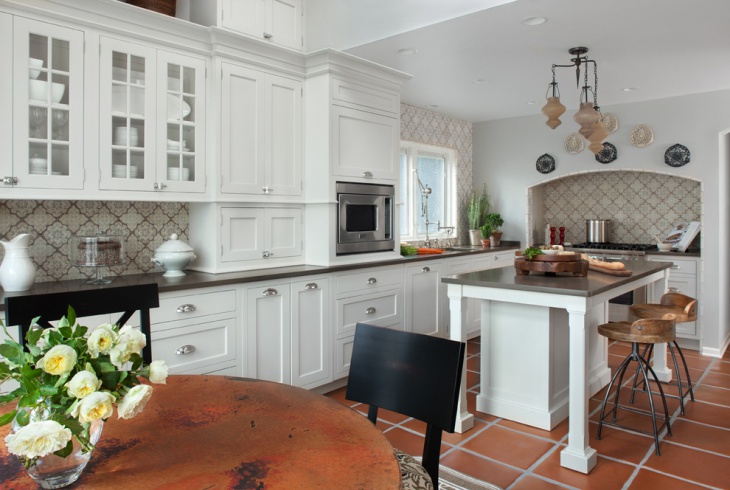



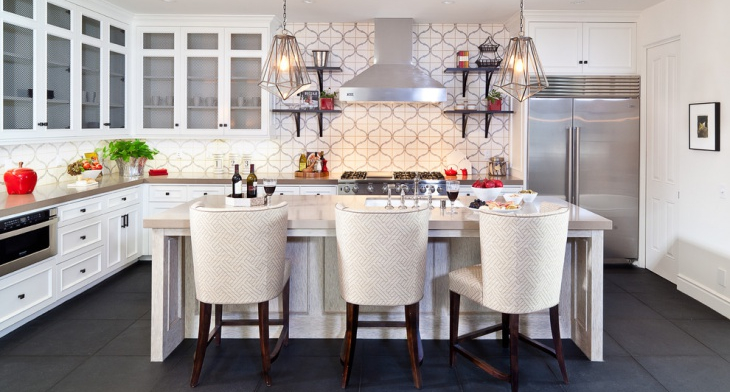
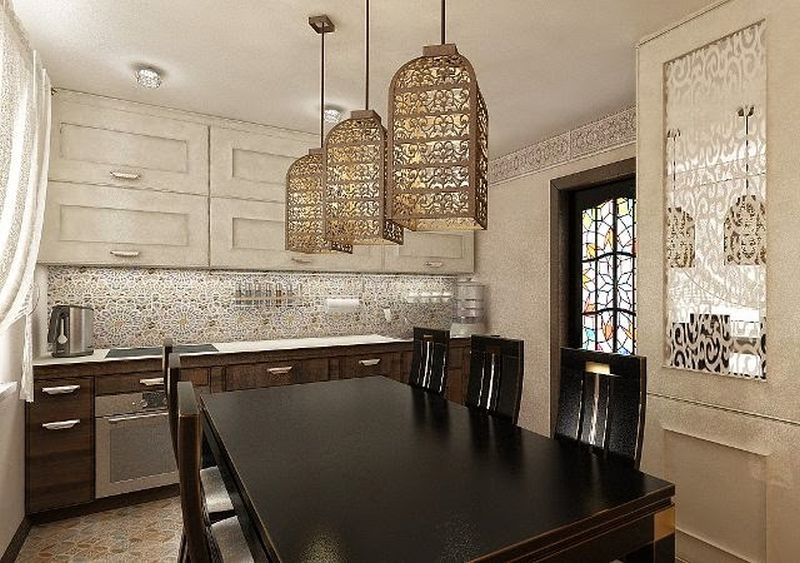
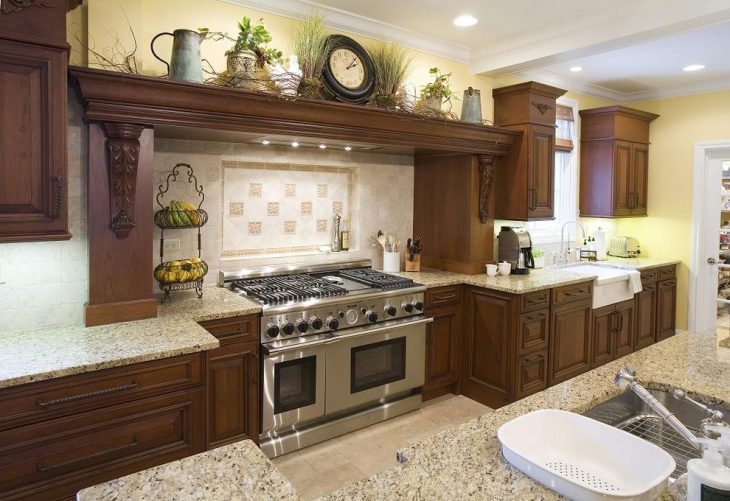



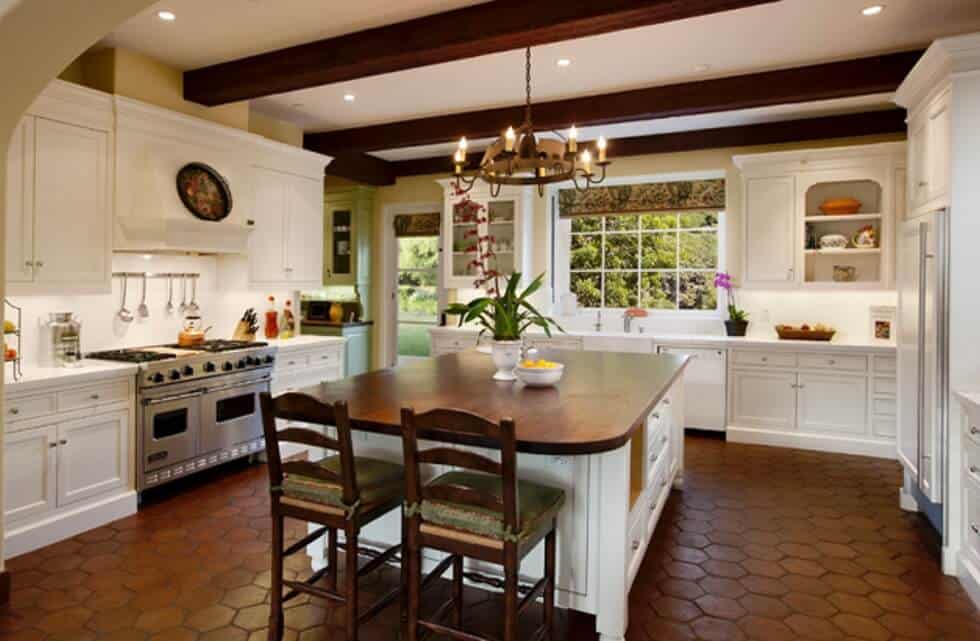
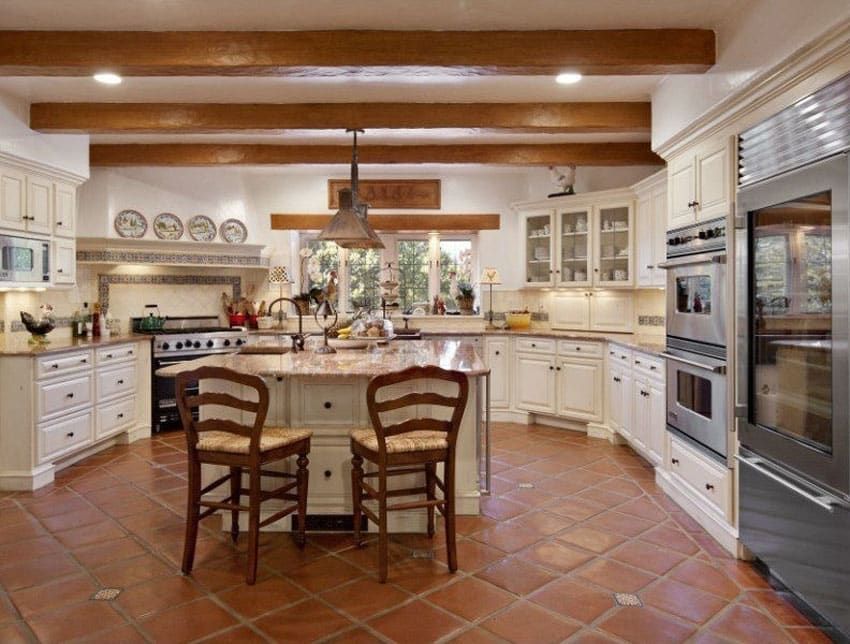
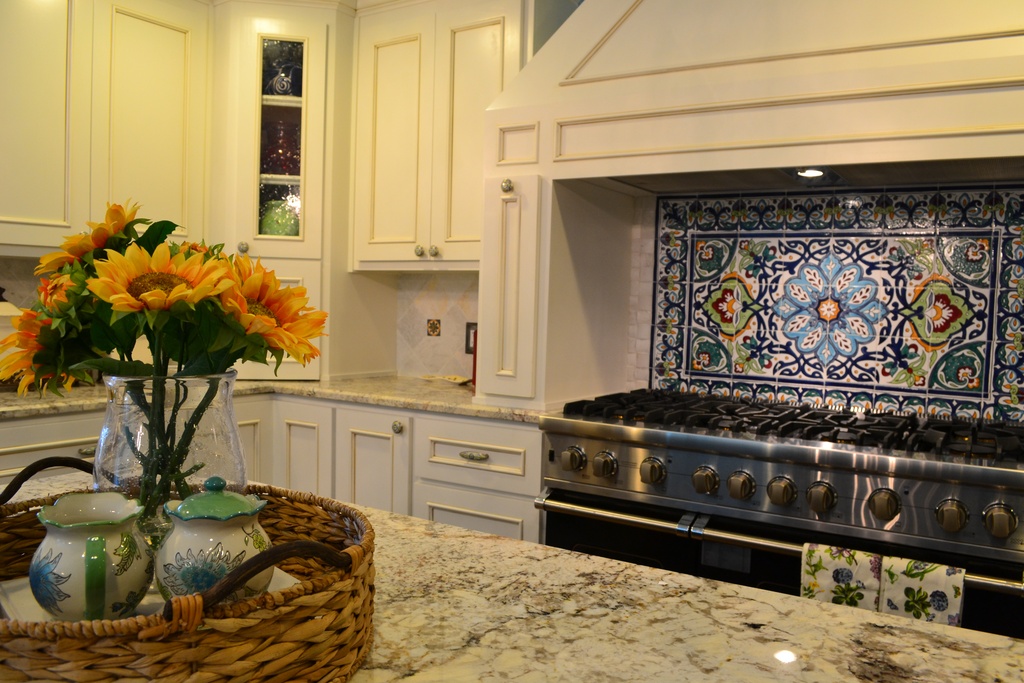

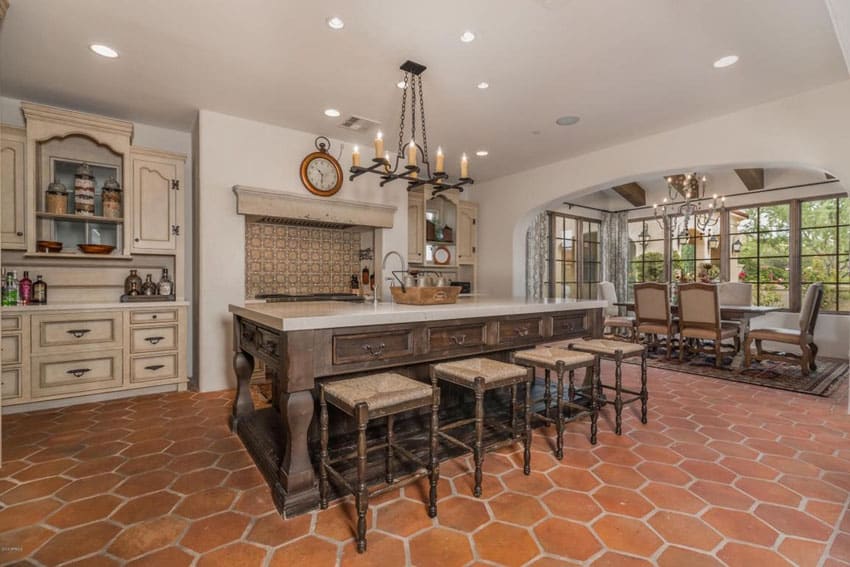
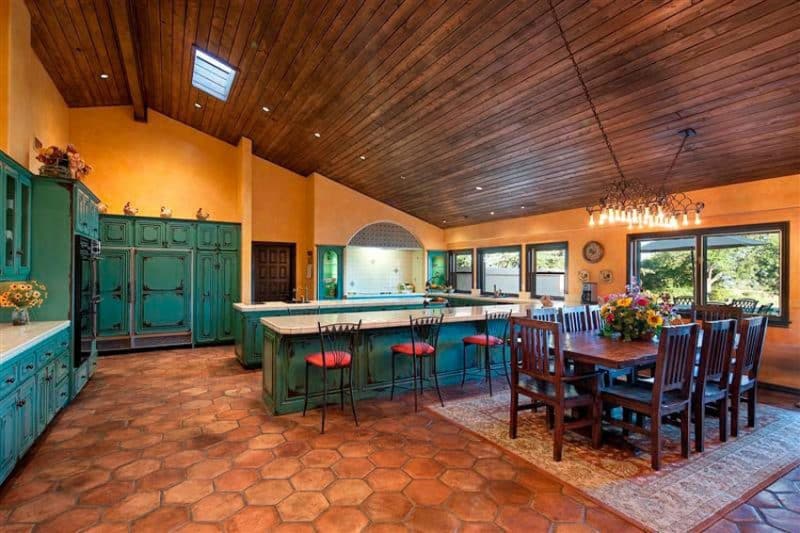
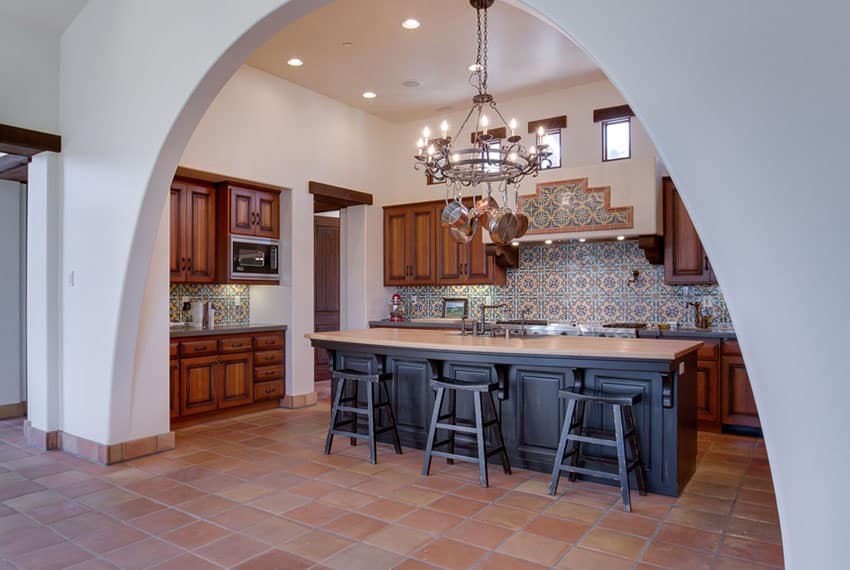
:max_bytes(150000):strip_icc()/7-17-copy_9928204434_o-5a6f7c47ff1b780037c083e7.jpg)
